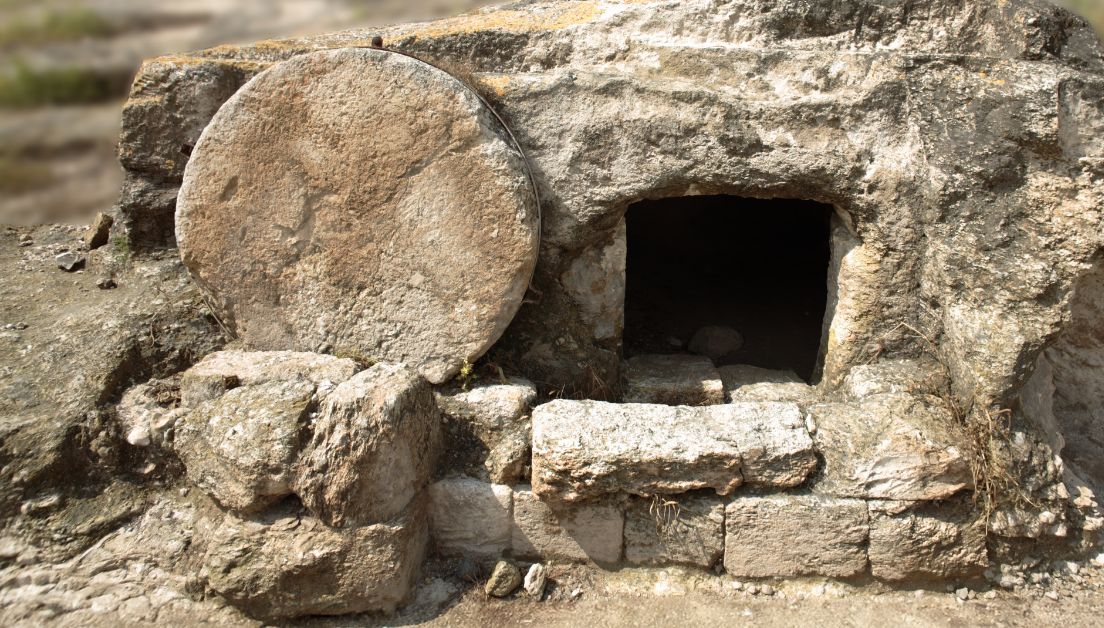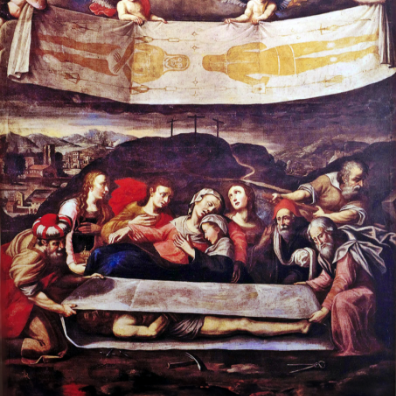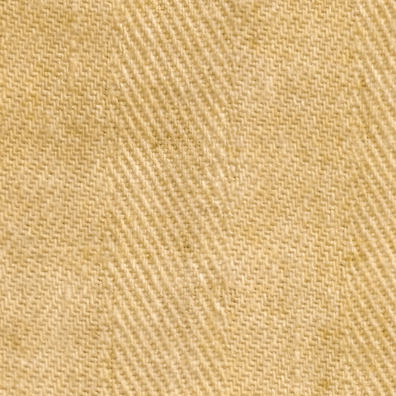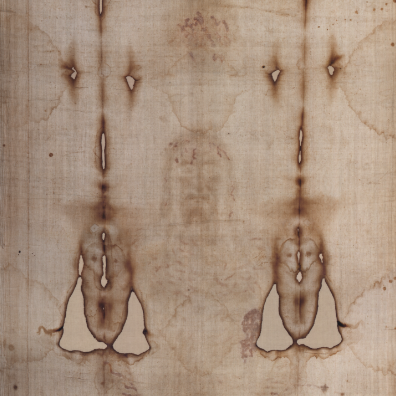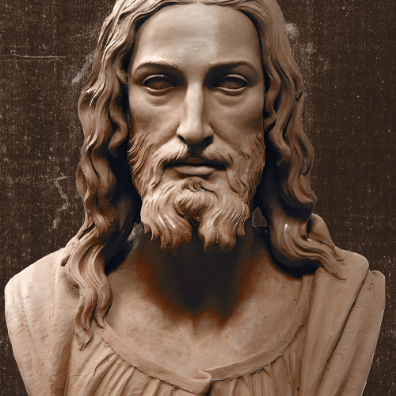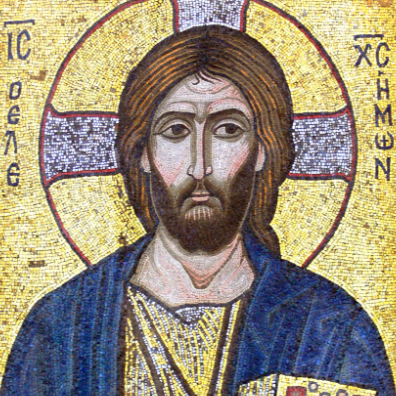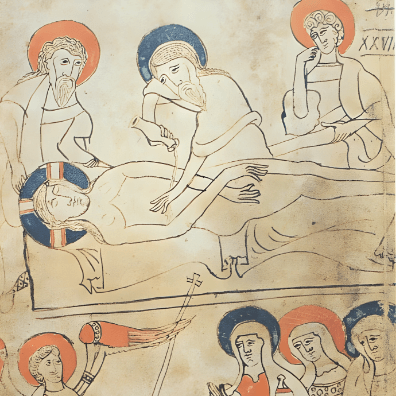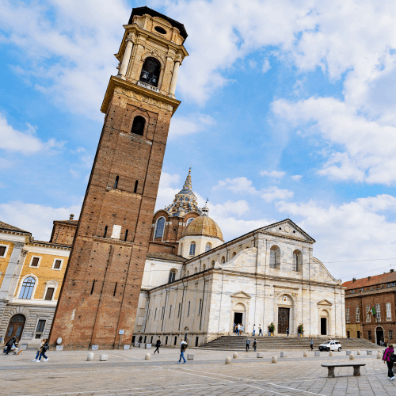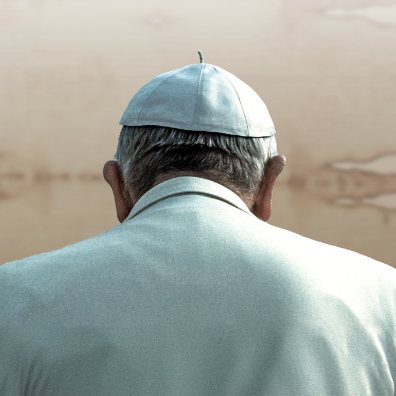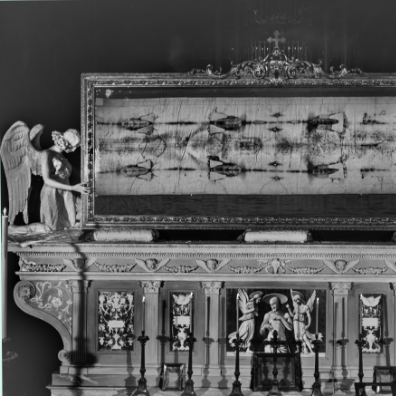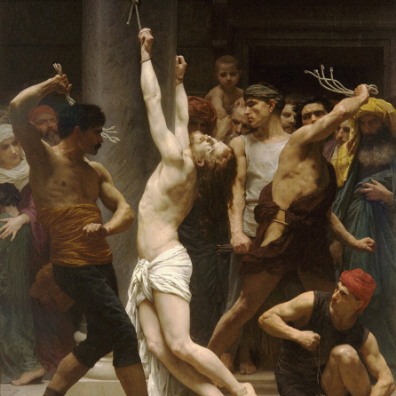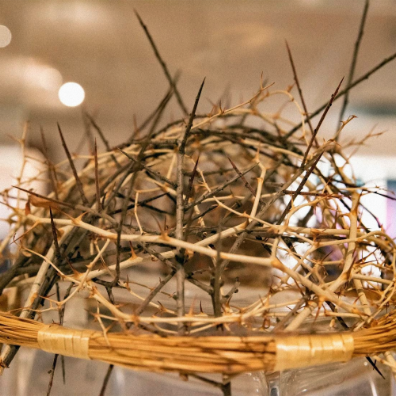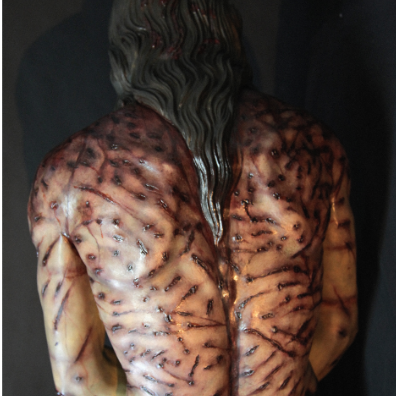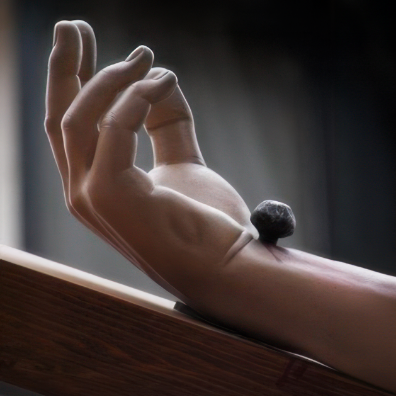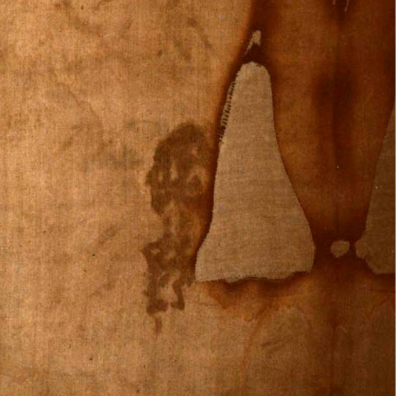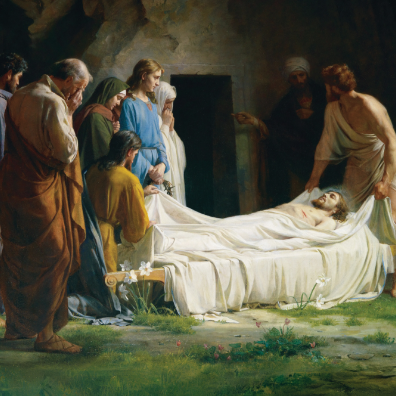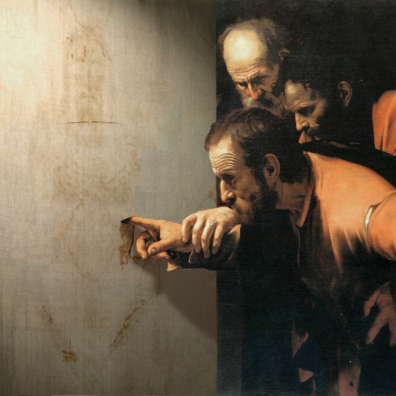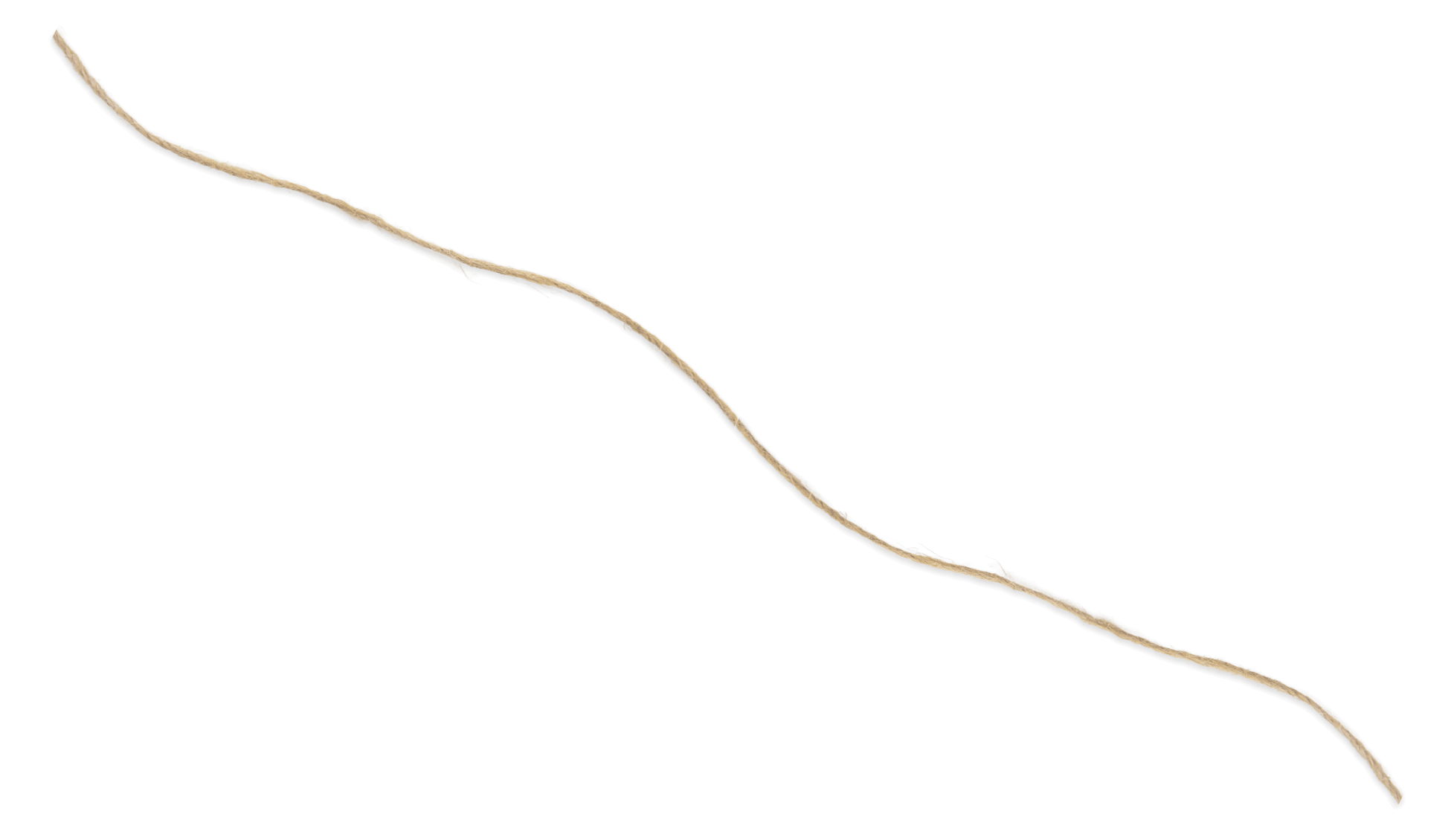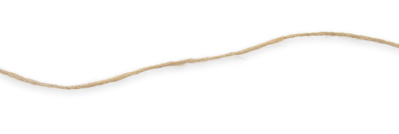The Shroud of Turin is a paradox. The man in the image was tortured and died a criminal’s death—yet he was buried with great care, wrapped in a fine linen cloth.
According to the Gospels, two men played a key role in Jesus’ burial: Joseph of Arimathea and Nicodemus. Both were members of the Jewish ruling council known as the Sanhedrin. But they were also secret followers of Jesus.
As the Sabbath approached, Joseph and Nicodemus had to move quickly to give Jesus a proper burial.
First they had to ask Pilate for permission to take Jesus’s body down from the cross. While they waited, it’s likely Jesus’ face was covered with a small cloth called a sudarium. This was a common Jewish practice to preserve the dignity of the deceased. Since the sudarium contained Jesus’ post-mortem blood and pleural fluid, it would have been carefully folded and buried along with the body, according to Jewish custom. The Sudarium of Oviedo, an artifact in the Cathedral of Oviedo, Spain, is believed to be this very cloth. When the blood and other markings on the Sudarium of Oviedo are compared with the markings on the Shroud, they line up almost perfectly. This indicates the two clothes covered the same face within a short amount of time.
Jesus was removed from the cross and moved to a new tomb about 50 feet away, provided by Joseph of Armiathea. The Gospels tell us Joseph was a wealthy man who provided a clean linen cloth for the burial. Nicodemus brought a mixture of burial spices to anoint the body—about 75 pounds of myrrh and aloes.
Joseph and Nicodemus wrapped Jesus in the linen cloth and laid him in a typical first-century Jewish tomb, cut into a rock or a cliff. They placed the body on a stone bench inside the burial chamber. Then they rolled a large stone across the entrance to seal the tomb and mark the site.
Archaeologists have found numerous first-century Jewish burials that all followed a specific pattern: the deceased was laid on his back, face upward, with bent elbows and hands placed over the pelvic region, just as the man of the Shroud was buried.
Crucifixion victims were not typically buried like this. Instead, the Romans pulled the nails out of the victim’s hands and feet to use again. Then they threw the body into a mass grave.
The burial of the man of the Shroud was different. He was crucified, yet he was buried with honor. He suffered a brutal death, yet his body was handled with reverence. He was buried in a linen shroud, like a priest, in a new rock-hewn tomb, like a king.

